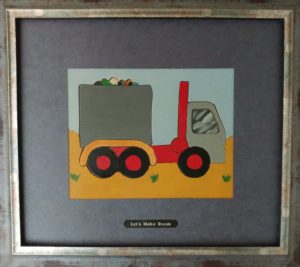 Have you dreamed of having a tidy, organized home or resolved every year to be more organized? There are literally thousands of books, magazines, articles and blogs (mine included) that will offer you all types of tips and ideas for how to live a more uncluttered, organized life. If I were to narrow it down to one, very simple idea it would be this: Less stuff. Here’s just a handful of reasons why having less will actually give you more!
Have you dreamed of having a tidy, organized home or resolved every year to be more organized? There are literally thousands of books, magazines, articles and blogs (mine included) that will offer you all types of tips and ideas for how to live a more uncluttered, organized life. If I were to narrow it down to one, very simple idea it would be this: Less stuff. Here’s just a handful of reasons why having less will actually give you more!
- Less to distract you
- Less to remind you of bad memories
- Less things you can’t find when you need them
- Less money spent on duplicates
- Less time spent getting organized and more time being and feeling organized
- Less arguing with your family because of clutter
- Less to pack when you want to remodel or move
- Less to unpack after you’ve moved
- Less storage needed (and less money spent on outside storage)
- Less chance you’ll overlook an important bill or task
- Less chance you’ll misplace something important
- Less stress on your family
- Less loneliness when you’re too embarrassed to entertain at home
- Less of what is cluttering your life!
I could probably go on and on because the benefits of having less of what you don’t love or need far outweighs the burden too much unnecessary stuff often brings.
It’s not about “minimalism” unless that’s your thing. It’s about choosing, every day, to love what you have and only keep what you need and use!
Just because something “can be used” doesn’t mean you should keep it. When was the last time you used it? What is the likelihood that you will use it? If you haven’t by now, chances are you won’t.
Do a web search for “donate stuff near me” and you will find a great list of charities eager for unwanted items in your community.
Jason Klare @jmklare with Everything but the House (EBTH) says it best:
“Sometimes saying no to owning things can feel even better than saying yes to buying them in the first place. “








